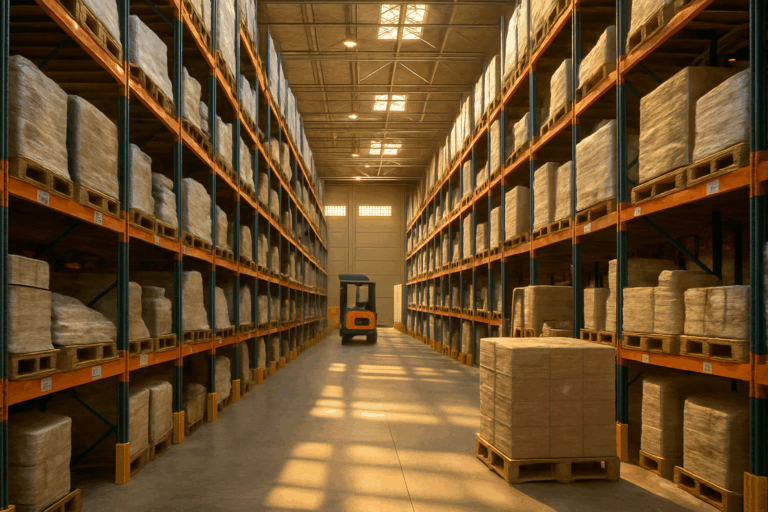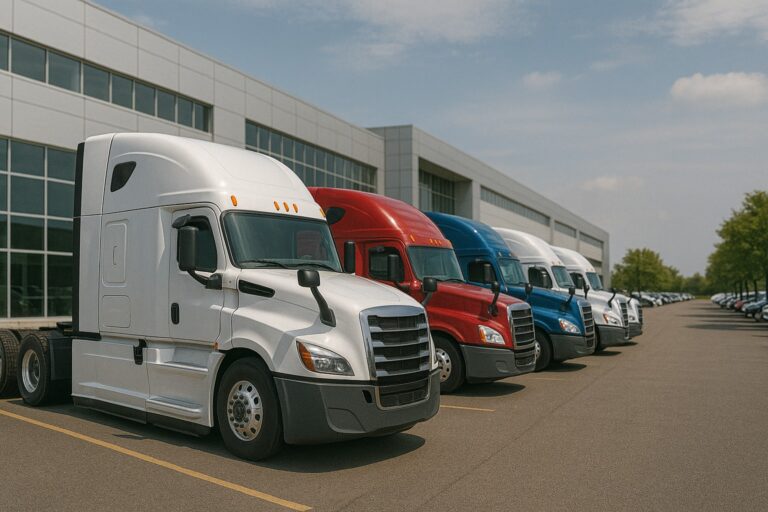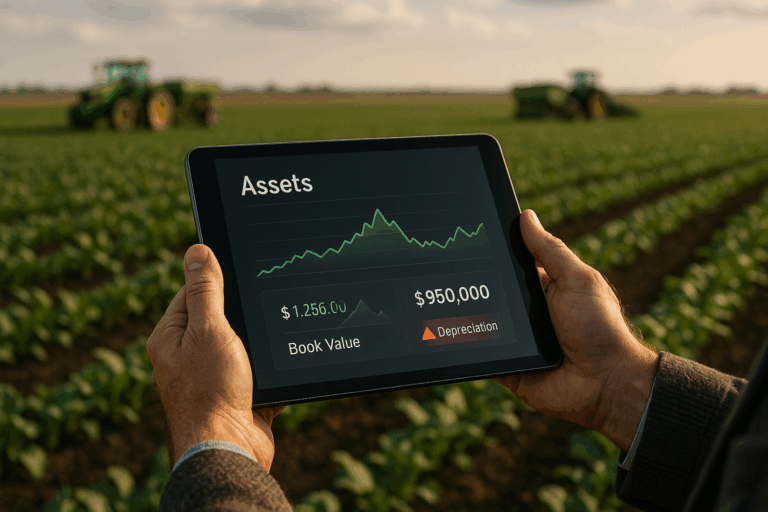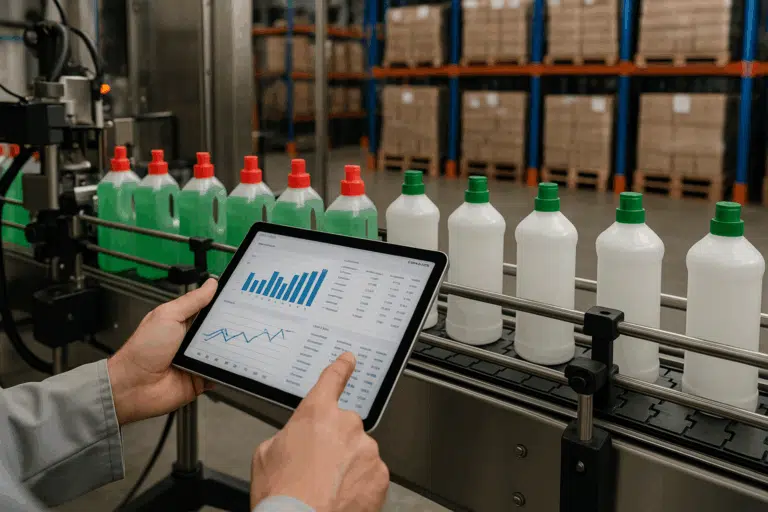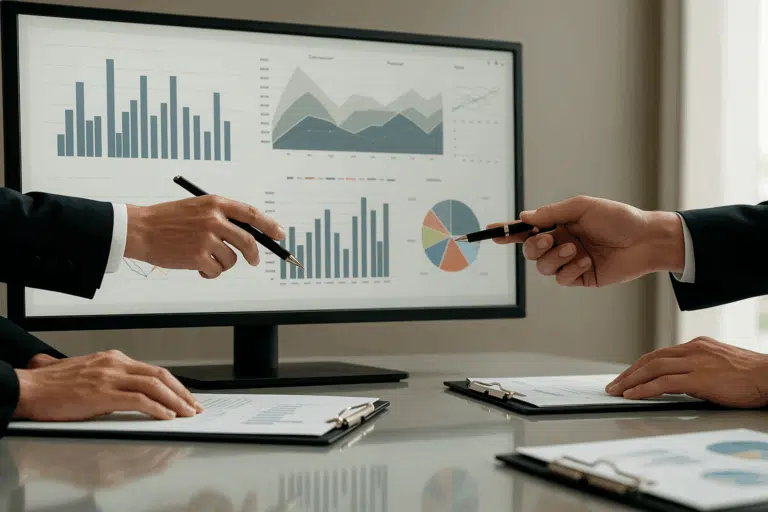Maintaining a fixed asset register is the best way for businesses to keep track of all assets in the business.
A complete fixed asset register will include both tangible and intangible assets. Tangible assets include everything from machinery to vehicles, equipment, furniture, and property. Intangible assets are also important and include software, patents, and copyrights that empower the business.
While many focus on keeping accurate track of trading stock, fixed assets are often forgotten. This is why fixed asset management solutions are so important for businesses to invest in. This will help with fixed asset inventory so that your records are always accurate.
Want to learn more about fixed asset management? Read this helpful guide for everything you need to know.
Table of Contents
ToggleWhat’s a Fixed Asset Inventory?
A fixed asset inventory is an important process that all businesses must conduct every year. This process involves the verification of all fixed assets that the business owns. While this does include keeping a record of all assets, it also includes updating the existence of these assets.
This is important to make sure that the records your business has for the year are accurate. Fixed assets depreciate over time. This depreciation is estimated and recorded every year.
However, fixed asset inventory includes appraising your assets to make sure that the figures are all accurate.
Why Is It So Important?
The main purpose of a fixed asset inventory is to verify what the business owns and how much it’s all worth. This is important as it’s a regulatory requirement for all businesses.
The current regulations note that all businesses should do a fixed asset inventory at least once before their financial year-end. This is important to ensure that accurate figures are being used for the following financial year.
There are also additional benefits to conducting a fixed asset inventory. This is because you’ll be able to check the condition of all your fixed assets. If any asset is deteriorating faster than expected, you can start preparing to replace it in the near future.
The same goes for assets that may require repairs or essential maintenance.
What Is a Fixed Asset?
When it comes to fixed asset inventory, it’s important to understand what fixed assets are. Fixed assets can be characterized as tangible, long-term assets that the business holds. This can serve the purpose of generating income or supporting the financial position of the business itself.
The primary characteristic of fixed assets is that they are designed for long-term use. These assets are stable and can’t be traded quickly for cash. This is why they are kept separate from cash and cash equivalents in your books.
Kinds of Fixed Assets
Depending on the nature of your business, there are various kinds of fixed assets that you can invest in. However, there are a few popular options that most businesses hold. The two most common fixed assets that businesses invest in are vehicles and property.
However, businesses also invest in other fixed assets such as equipment, furniture, tools, and machinery. Some of these can be used directly to generate income for the business. However, others are seen as extensions of the building or property.
What’s a Fixed Asset Register?
If you’re wondering how businesses actually track and record fixed assets, the answer is with a fixed asset register. An asset register is a detailed list of every asset that the business owns. A fixed asset register filters this list to include only fixed assets.
The purpose of a fixed asset register is to bring everything together in a single place. This helps you keep track of everything in a more efficient way. The asset register will include details about each asset along with its cost value, purchase date, and information on where it’s stored.
This makes it the ultimate tracking tool for your business.
What Type of Assets Should Be Included in Fixed Asset Inventorying?
As mentioned above, fixed asset inventorying is essential. This process looks through all your fixed assets to make sure all records are accurate. However, what types of assets should be included in the inventorying process?
To be accurate, it’s vital to include all kinds of fixed assets in your inventory. This includes all fixed assets such as buildings, computers, equipment, vehicles, furniture, property, land, and tools.
The more accurate your process, the better the results. The best way to approach the inventorying process is to use your fixed asset register as a guide. This can help guide your entire management solution.
It all starts on the day that you purchase an asset. The asset should be recorded in your fixed asset register along with various details about your purchase. This includes things like the cost price, date of purchase, etc.
When you’re looking to conduct a fixed asset inventory, you can use your asset register to guide you. Since you know that every fixed asset you own is on this list, you can go ahead and tick them all off one by one.
This makes the entire process effortless.
How Often Should a Fixed Asset Inventory Be Conducted?
When it comes to conducting fixed asset inventories, it’s vital that you do them as often as possible. This is simply because markets change and fluctuate on a daily bases. In simple terms, this means that the appraisal that you get today may be outdated by the end of the week.
However, it’s not practical or cost-effective to conduct appraisals every week. This is why regulations indicate the need to conduct one before the end of your financial year. This is when the appraisal has the most value to you.
By conducting a fixed asset inventory before the financial year-end, you can ensure that you’re starting the next year with accurate numbers. This is important to make sure that your end-of-year financial statements are as accurate as possible.
In most cases, conducting the inventory is ideal for the last month of the financial year.
What Are the Methods Used To Conduct a Fixed Asset Inventory?
There are a few important steps that you can take to establish a fixed asset inventory. The most important step is planning as this sets up the rest of the process. After this, you can use your accounting records as a guide.
You can either appraise your assets using various approaches or hire an outside firm to handle the process for you. In most cases, hiring industry experts is the best way to get the most accurate numbers.
What Are the Consequences of Not Maintaining Accurate Fixed Asset Records?
If you don’t maintain your fixed asset records, this can have a major impact on your business. Without accurate records, you won’t be able to calculate depreciation accurately. This can result in a massive tax loss every year.
How Should Assets Be Appraised in Fixed Asset Inventorying?
There are a few different ways that you can appraise fixed assets within your business. These various approaches are unique and are best suited for different kinds of assets. Here’s a quick guide on the various approaches and which assets are best for that approach.
Cost Approach
This method involves determining the cost of replacing the asset with a new one that has a similar utility. This method is typically used for new or specialized assets.
The most common examples include equipment, vehicles, and tools. While this equipment does depreciate over time, it will cost more than the carrying value to replace. This is why the cost approach tends to be used.
Market Approach
This method involves comparing the asset to similar assets that have recently been sold. This method is typically used for easily comparable assets.
This approach is best used for land, buildings, property, or rare equipment. The price of these assets can fluctuate from month to month. This is because they are directly linked to the market.
In this way, the market price of that asset should always be used.
Income Approach
This method involves estimating the income that the asset is expected to generate over its useful life. This method is typically used for income-generating assets, such as rental properties or machinery.
Modern Fixed Asset Management with CPCON
Fixed asset management is important for businesses of all shapes and sizes. While most businesses focused entirely on stock inventory, there are regulations to guide how business assets are tracked and recorded. It’s important to implement the latest systems and technologies as they can help make the entire process simple, easy, and accurate.
Our team of experts has extensive experience in inventory management and can guide you through the process to maximize value for your organization. This includes optimizing your current system or evolving your organization to adopt modern alternatives.
Contact us today to learn more.







